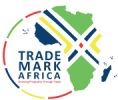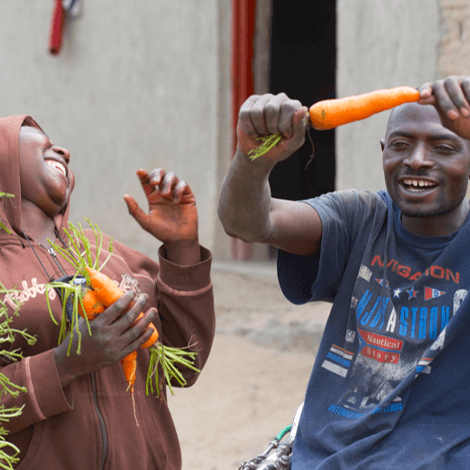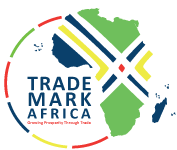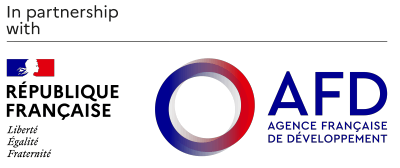India has extended a Sh10 billion ($100 million) loan to Kenya for agricultural mechanisation. The funding deal was signed Wednesday in India following bilateral talks between the two countries. President Uhuru Kenyatta is on a two-day state visit to the country. Kenya’s trade with India is tilted in favour of the emerging Asian giant. In 2015 Kenya imported goods worth Sh205 billion from India, while exports to the country stood at less than Sh10 billion. “The government is keen to increase the volume and value of Kenya’s export base from agriculture and mineral-based raw products to value added manufacturing products,” said Mr Kenyatta at a joint press briefing with Prime Minister Narendra Modi in New Delhi. He said Kenya is also seeking a partnership in technology transfer, especially on processing of natural resources. Several Indian multinationals have business interests in Kenya, including the ongoing construction of a power transmission line under a Line of Credit (LOC) of Sh6.16 billion ($61.6 million). Rising star The upgrading of Rift Valley Textiles Factory (Rivatex) funded by a Sh2.995 billion ($29.95 million) LOC is ongoing, while another Sh1.5 billion ($15 million) LOC to IDB Capital Limited for development of small and medium enterprises (SMEs) is being implemented. India is a rising star in the global economy with its middle class offering a vast market to investors. Mr Kenyatta, who is on a reciprocal visit following the Indian premier’s visit to Nairobi late last year, urged Mr Modi to subject Kenyan exports to the same...
Uhuru and Modi in Sh10bn agriculture mechanisation deal
Posted on: January 12, 2017
Posted on: January 12, 2017















